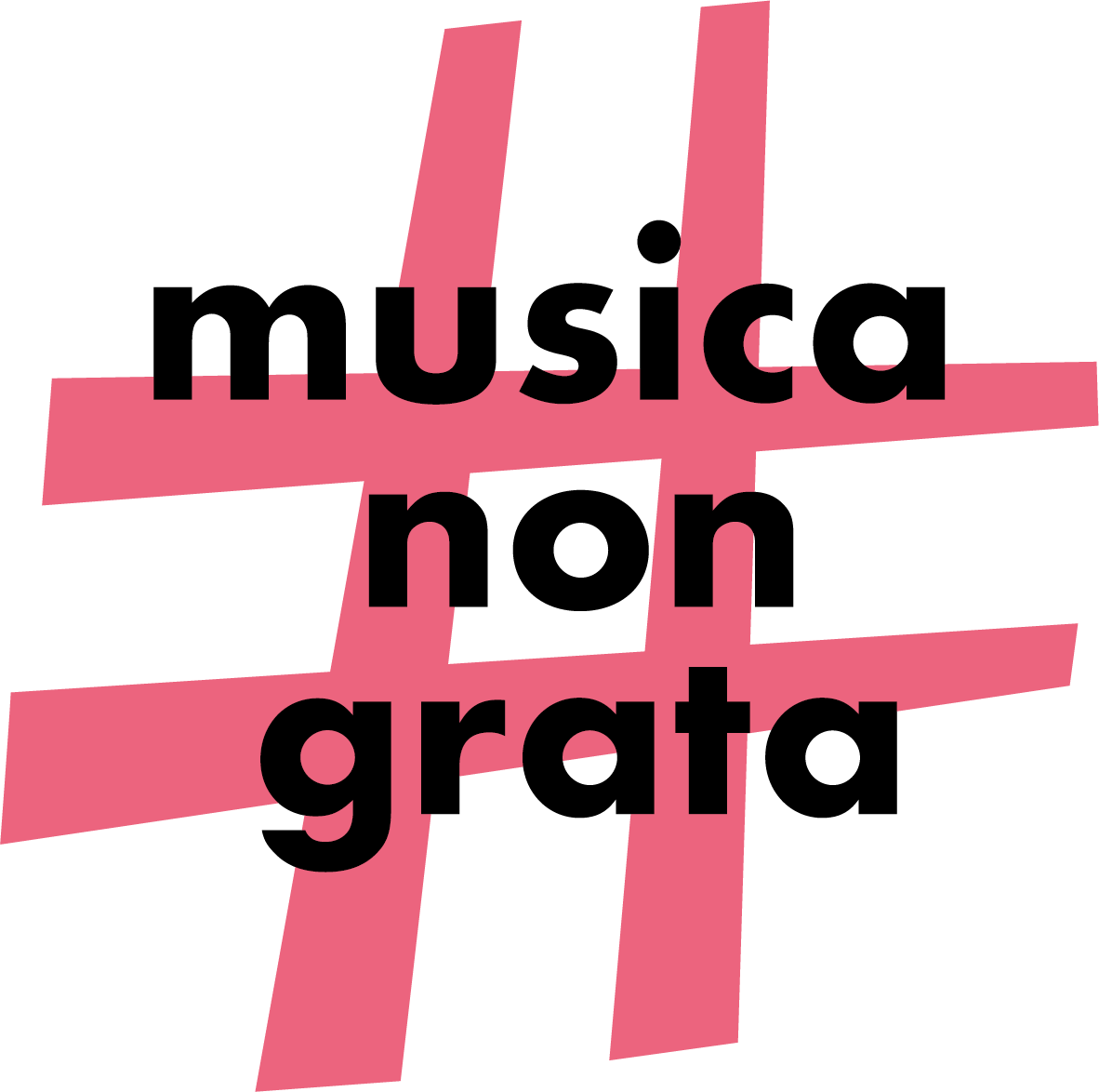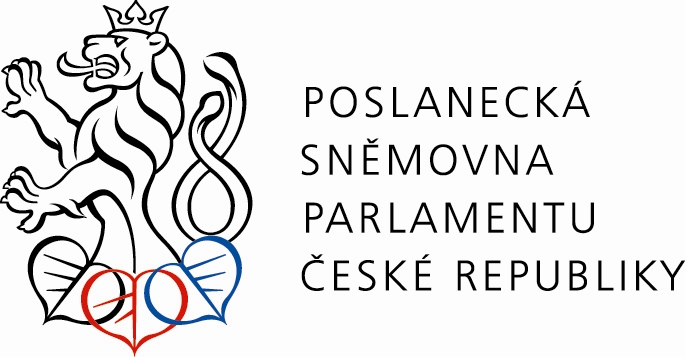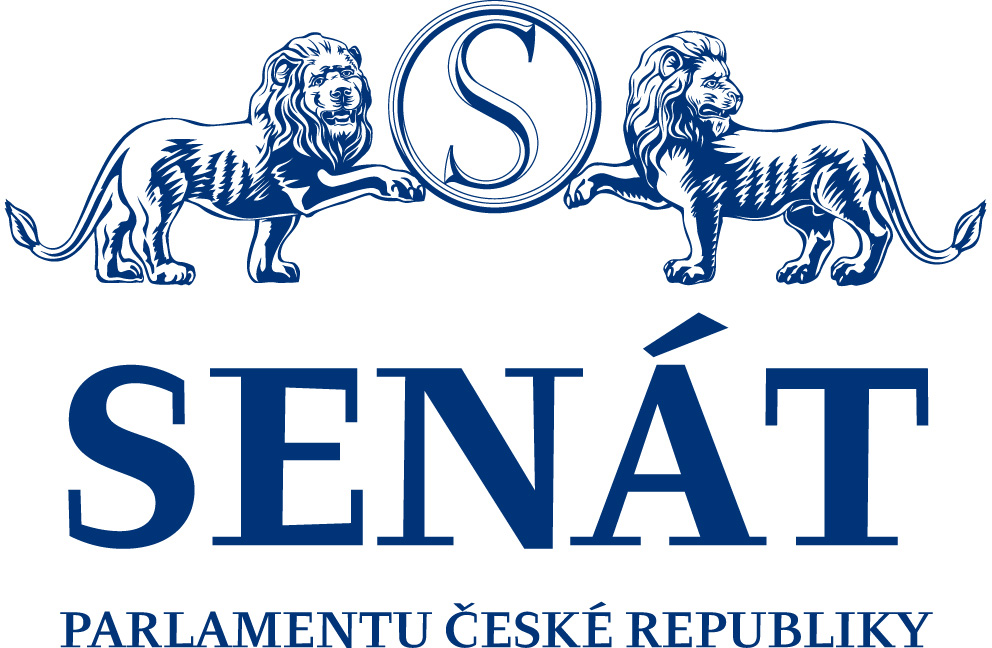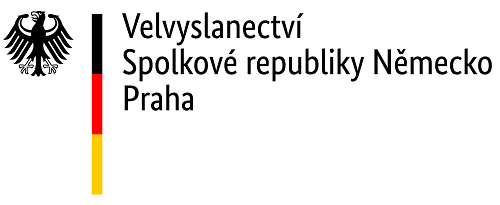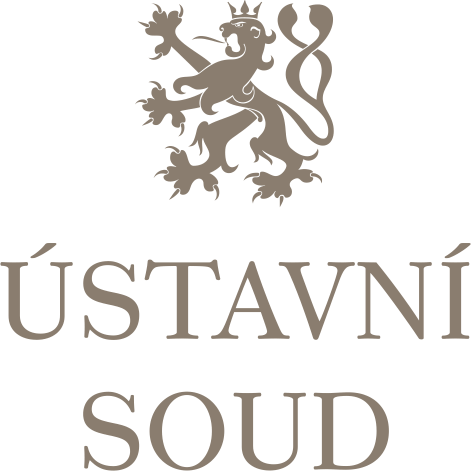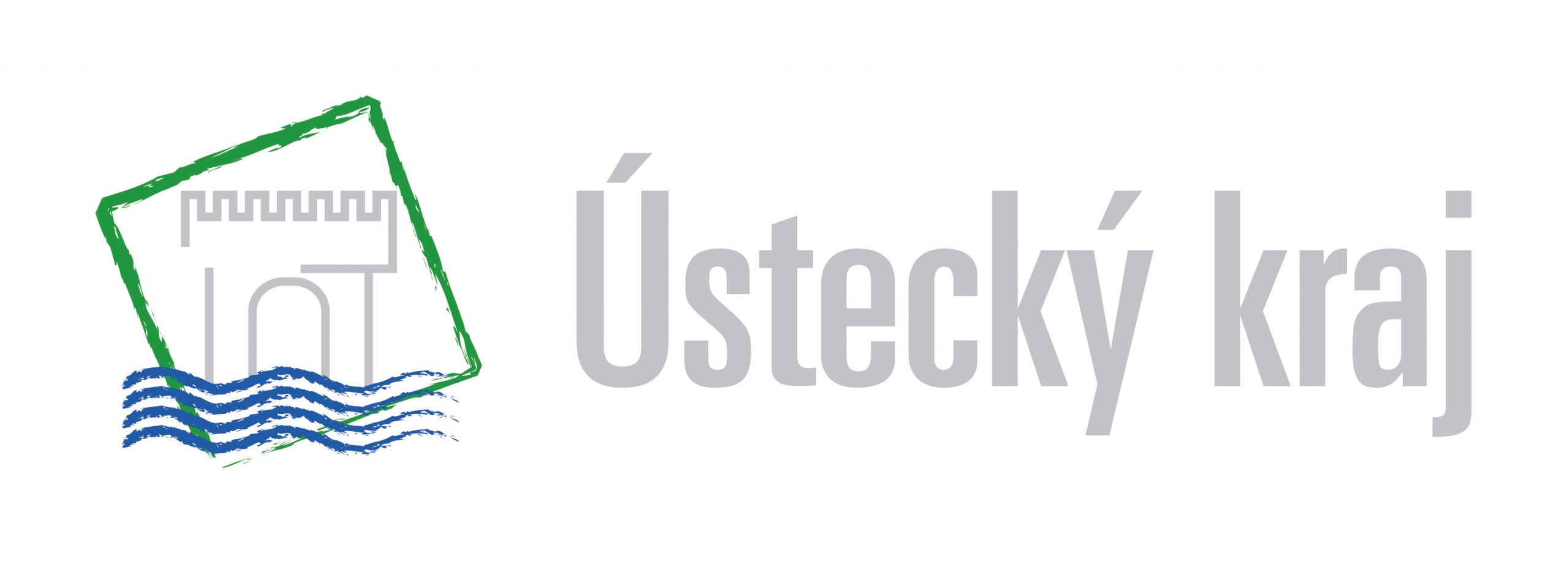This evening is organized in cooperation with the National Gallery Prague and with the support of the C. Bechstein Piano Center Prague.
Program:
Wolfgang Amadeus Mozart – Adagio in B minor, KV 540
Ludwig van Beethoven – Piano Sonata No. 31 in A flat major, Op. 110
Moderato cantabile molto espressivo
Allegro molto
Adagio, ma non troppo – Fugue – Allegro ma non troppo
Robert Schumann – Fantasy in C major Op. 17
Durchaus phantastisch und leidenschaftlich vorzutragen / Quite fantastic and passionately delivered;
Durchaus energisch / Quite energetic
Langsam getragen. Durchwegleisezuhalten / Taken slowly. Keep quiet throughout.
Composer and pianist Gideon Klein (1919–1945) played a significant and active role in the cultural life of the Theresienstadt ghetto. In Theresienstadt, he performed in chamber ensembles, participated in the preparation of works as a répétiteur, and in his own recitals presented pieces by Johann Sebastian Bach, Ludwig van Beethoven, Johannes Brahms, Josef Suk, Leoš Janáček, among others. Viktor Ullmann, in one of his reviews, wrote about Klein: "Gideon Klein is undoubtedly a significant talent. His style is the cool, factual style of the new youth; we can only admire this wonderfully early stylistic maturity." The four-year cycle "Gideon Klein. Pianist of the Theresienstadt Ghetto" will gradually introduce works from his Theresienstadt repertoire.
In early August 1788, Wolfgang Amadeus Mozart (1756–1791) wrote to his sister: "You have a right to be angry with me! But will you be angry when with this post you receive new piano compositions from me? Oh no! – Let's hope that everything will be set right again." Among the promised compositions that Mozart sent to his sister belatedly for her birthday (and this is his last preserved letter to Nannerl) could have been the Adagio in B minor KV 540, considered among the most beautiful of Mozart's smaller works. According to Mozart's own catalog of compositions, it was created on March 19, 1788, in Vienna. In the context of time, we often encounter surprising coincidences. On that same March 19, the Wiener Zeitung reported (and we can assume Mozart read it) that the piano reduction of the new war song "I Would Like to Be Emperor," created by "Mr. Kapellmeister Mozart in the service of His Majesty the Emperor," had just been published. The song, with words by J. W. Gleim, calling for the conquest of Constantinople and believing that Emperor Joseph II would bring about golden times, was written by Mozart during the Austro-Turkish War. The song, dated March 5, 1788, was intended for actor Leopold Baumann of the Theater in Leopoldstadt, Vienna, where it first publicly resounded on March 7. Emperor Joseph II personally participated in the war and nearly lost his life near Belgrade. Patriotic enthusiasm often brings heavy disillusionment. The consequences of the war conflict were borne by the entire population of the country, and the love of the subjects for the emperor suffered greatly. It would be too bold to speculate a connection between the poignant mood of Mozart's Adagio in B minor and the news of the publication of the "German War Song," as it was called. The coincidental timing only demonstrates the contrasts in the course of the world.
Ludwig van Beethoven (1770–1827) dedicated himself to piano composition throughout all his creative periods. His works for piano represent the compositional development of both the composer himself and the stylistic transition from high Classicism to early Romanticism. His thirty-two sonatas form a historical milestone in the development of the genre. The last sonatas were created over a span of five years, and each possesses its own individuality. All begin with a sonata movement, and a common feature is the use of fugue techniques. The sonatas Op. 109–111 were created in 1821/22 on commission from Beethoven's publisher Maurice Schlesinger in Berlin. The Sonata in A-flat major, Op. 110, was completed on December 25, 1821, according to the autograph's dating, and was published the following autumn. It contains multiple worlds – the first movement juxtaposes dramatic and lyrical expression, defiance, and lamentation. In the thematic material of the second movement appear jesting songs, one of which Beethoven himself revealed to his publisher ("Our cat has had kittens, three, six, nine, one opened its eyes, I like that, and it will be mine."); the numbers three, six, and nine determined the choice of predominant intervals. The second song was deciphered by researchers, who see in it the reason why this sonata is dedicated to no one – the addressee, who would recognize the song, might feel insulted ("I am a scoundrel and so are you, we are all scoundrels."). The expression of Beethoven's serious world and his respect for Baroque masters is the unusually structured fugue in the final movement. It is actually a double movement, combining a slow movement (Adagio, ma non troppo) with a final fugal Allegro. The unusually frequent tempo changes and performance instructions testify to the composer's highly individual interpretative vision.
Robert Schumann's (1810–1856) Fantasie Op. 17, from 1836–38, was originally intended as a sonata with a programmatic title. In the sketches, titles like Ruins, Palms, Triumphal Arches, and similar appeared, but eventually, the composer chose the form and name Fantasie. The work was initiated by Franz Liszt as part of his call for a collection for the Beethoven monument (the composition is dedicated to Liszt); proceeds from the sale of the sonata were to go to the fund for the monument's construction. Schumann draws from the classical sonata form while simultaneously bidding it farewell. The resulting character of the composition is explained by the strong influence of his mental state. Around 1835, Schumann began his struggle for his beloved Clara, the daughter of his teacher Friedrich Wieck. Schumann's inner unrest found expression in the abrupt changes of mood, tempo, dynamics, and the almost continuous use of syncopated rhythms in the leading voices of the first movement. A quote from Beethoven's song cycle "An die ferneGeliebte" (To the Distant Beloved) is not only a focal point of the emotional state but also a conscious support for the structure, a resolution of the inner conflict. The second movement's energy grows and culminates in the end. The third movement is characterized by triplet motion, from which a theme resembling a chorale gradually emerges. Beethoven is also recalled here, in a section that evokes an association with the setting of Beethoven's famous „Mondscheinsonate“ ("Moonlight Sonata").
